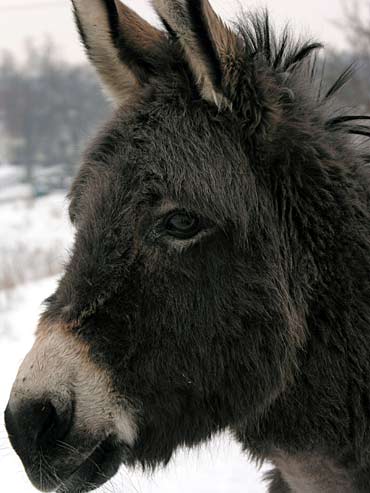
Organisms need to alter body functions and behavior to accommodate seasonal changes in their environment. The measurement of day length is one obvious way of determining the time of year. To this end, the body uses its internal circadian clock, and against this background measures the extent and timing of light and dark.
The team noted that an increase in day length induces activity in the gene for thyroid stimulating hormone beta (TSHβ) in the pars tuberalis (PT) region of the pituitary gland. TSHβ plays a key role in the pathway that regulates photoperiodism in vertebrate animals. However, the detailed mechanism that links information about day length with induction of the production of TSHβ is unknown.
Masumoto, Ueda and colleagues found the genes that stimulate the activity of the TSHβ gene in mammals by observing the activity of genes in the PT of photoperiod-responsive mice under chronic ’short-day’ (eight hours of light) and ‘long-day’ (16 hours) conditions. they identified 57 genes stimulated by short days and 246, including TSHβ, by long days.
Then, the researchers placed chronic short-day mice into a long-day regime—they switched off the lights eight hours later—and observed that it took five days for TSHβ to become fully active. they could, however, stimulate full activity of TSHβ within a single 24-hour period if they subjected the mice to a short burst of light during a sensitive ‘photo-inducible’ period late at night. Thirty-four other long-day genes responded in the same way, including the transcription factor, Eya3, which seemed a likely candidate for regulating TSHβ activity. In laboratory studies, the researchers determined that Eya3 and its partner binding factor Six1 do indeed act together to activate TSHβ. And this activity is enhanced by two other genes, Tef and Hlf.
“we are next planning to identify the upstream gene of Eya3,” Ueda says. “And we are also hoping to elucidate why the photo-inducible phase is late at night.”